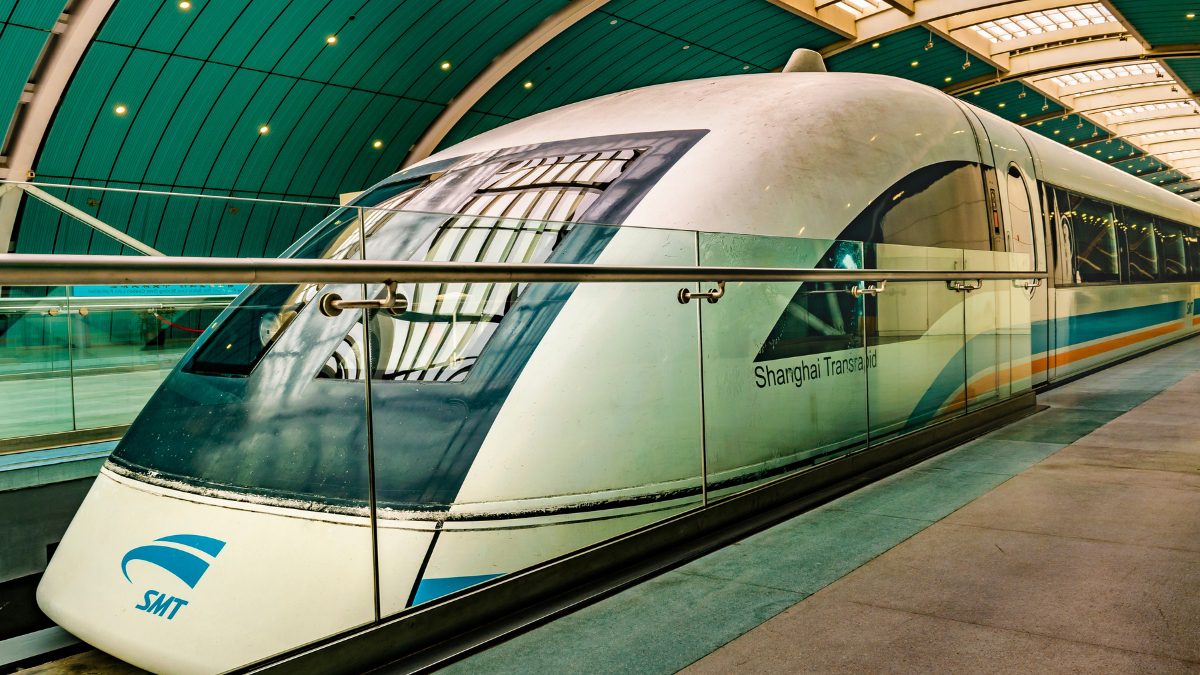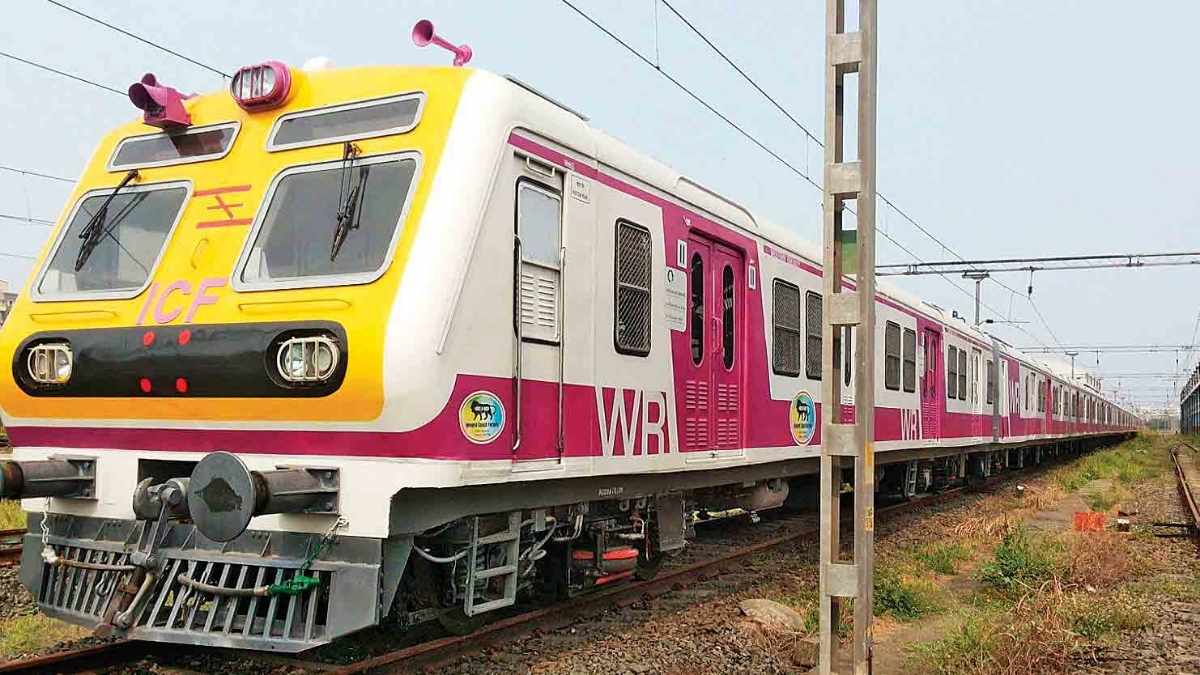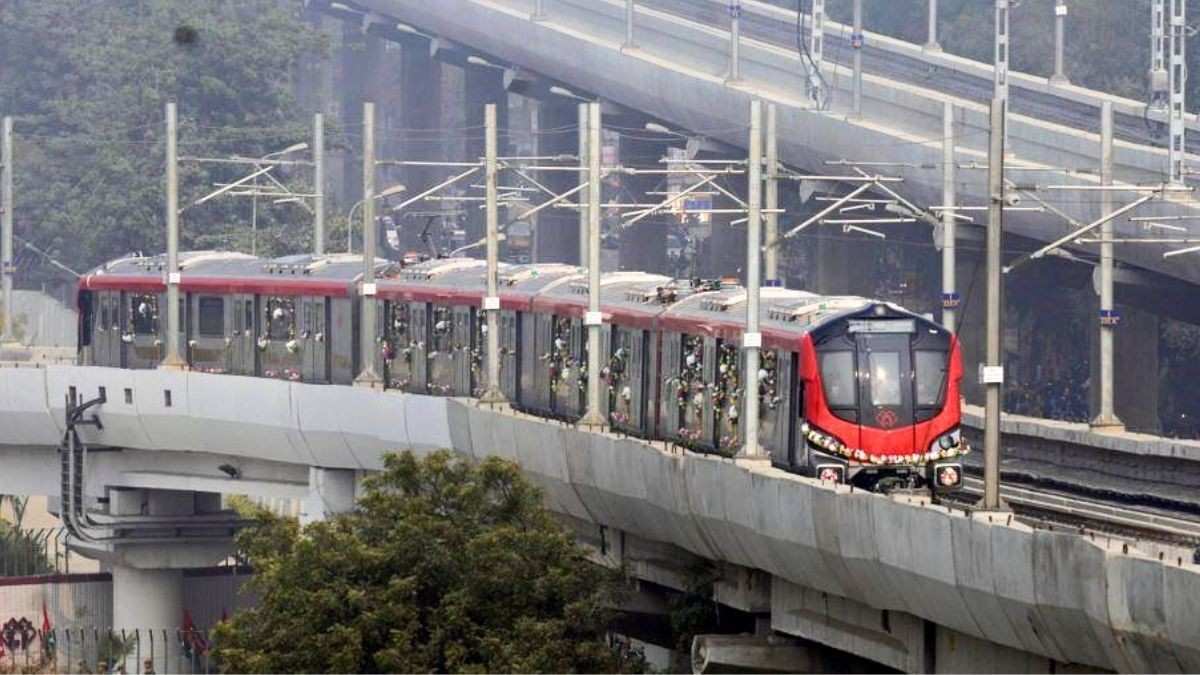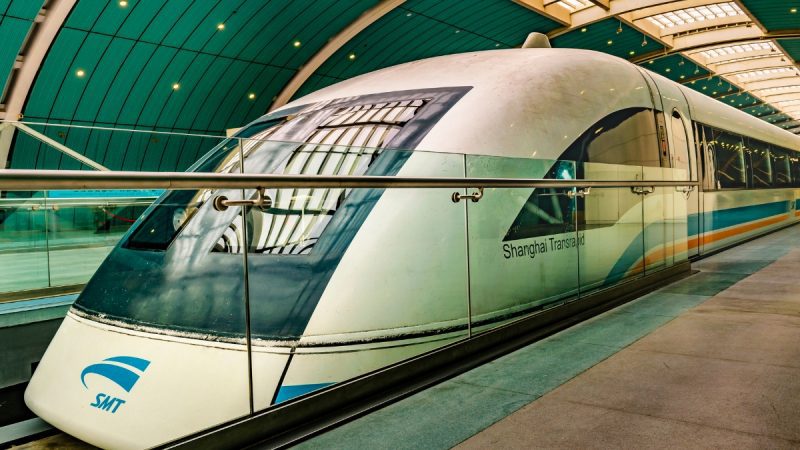Metro systems, often referred to as subways or underground railways, stand as the backbone of urban transportation. They have certainly revolutionised how people navigate bustling cities worldwide. These high-capacity rail systems have transformed the landscape of public transit, offering efficient, reliable, and environmentally conscious modes of transportation. Let’s delve into the history of these transit systems, exploring the top 10 largest metro networks in the world.
The History of Metro Rails
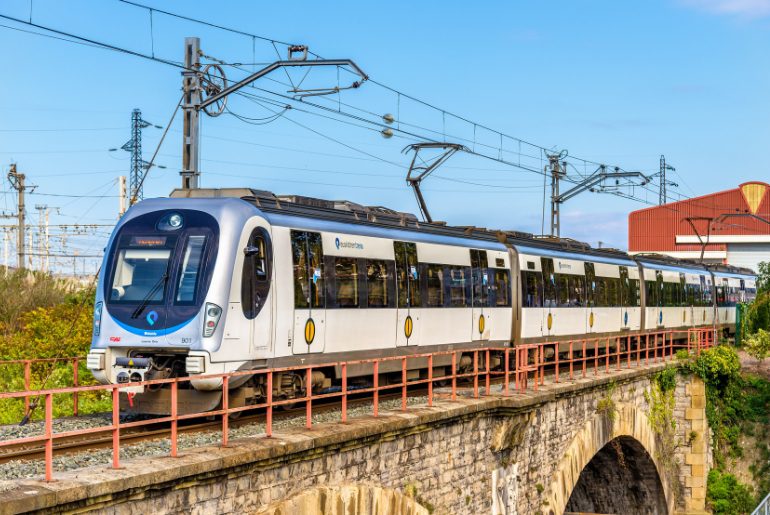
The inception of metro rails marked a significant milestone in urban development. The London Underground leads the way as the world’s oldest metro system. Since its launch in 1863, metro networks have proliferated globally, with cities such as New York, Moscow, and Tokyo embracing this innovative mode of transportation. Over the decades, metro systems have expanded, incorporating cutting-edge technology and infrastructure to meet the ever-growing demands of urban populations. Today, metro rails stand as symbols of progress, efficiency, and connectivity, shaping the urban fabric of cities worldwide.
Also Read: What Are Century Eggs? All You Need to Know About This Centuries-Old Jelly-like Delights
The Top 10 Largest Metro Networks In The World
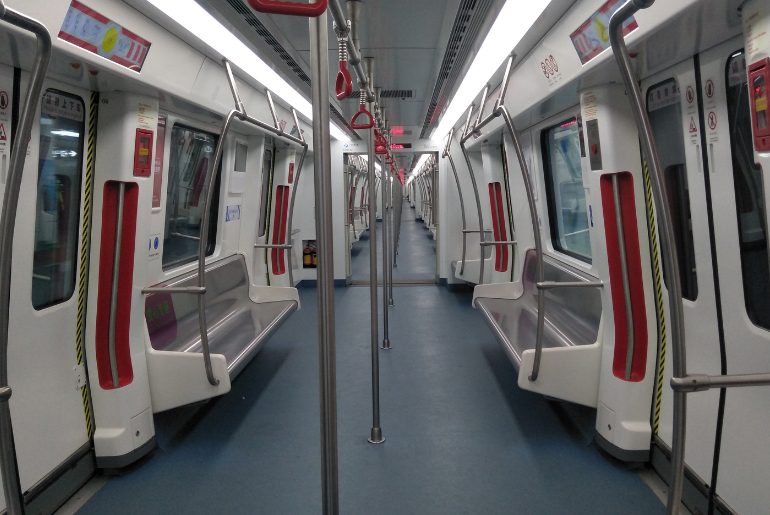
Shanghai Metro, China
Spanning an impressive 831 kilometres and boasting 508 stations, the Shanghai Metro reigns as the world’s largest metro system. Since its inception in 1993, this rapid transit system has become a lifeline for Shanghai’s 16 municipal districts, ferrying over 3.7 billion passengers annually.
Beijing Subway, China
The Beijing Subway, inaugurated in 1971, sprawls across 669.4 kilometres, making it the second-largest metro network globally. With 490 stations serving the capital city of China, the Beijing Subway facilitates seamless connectivity for over 3.8 billion commuters annually.
London Underground, United Kingdom
As the world’s first underground passenger railway, the London Underground holds a special place in metro history. Covering 402 kilometres and encompassing 272 stations, this iconic network caters to the diverse needs of Greater London, accommodating over a billion passengers annually.
Guangzhou Metro, China
Boasting 302 stations and stretching across 621.05 kilometres, the Guangzhou Metro stands as a testament to China’s commitment to urban mobility. Since its inception in 1998, this rapid transit system has become a vital artery for Guangdong Province, serving millions of commuters daily.
New York City Subway, United States
The New York City Subway, a quintessential part of the Big Apple’s identity, spans 399 kilometres and encompasses a staggering 472 stations. Since its inauguration in 1904, this iconic metro system has remained a symbol of efficiency and connectivity, serving millions of New Yorkers around the clock.
Delhi Metro, India
India’s largest and busiest metro network, the Delhi Metro, stretches across 350.42 kilometres and encompasses 256 stations. Since its launch in 2002, this mass rapid transit system has revolutionised urban transportation in Delhi, earning accolades for its efficiency and sustainability initiatives.
Moscow Metro, Russia
With a route length of 456 kilometres and 236 stations, the Moscow Metro stands as a testament to Russian engineering prowess. Since its inauguration in 1935, this state-owned metro system has been an integral part of Moscow’s urban fabric. It also facilitating seamless connectivity for millions of commuters.
Wuhan Metro, China
The Wuhan Metro, founded in 2004, spans 486.3 kilometres and boasts 300 stations. It is one of China’s busiest rapid transit systems. With its modern infrastructure and expansive reach, the Wuhan Metro has certainly transformed urban mobility in Hubei Province, catering to millions of commuters daily.
Seoul Metro, South Korea
The Seoul Metropolitan Rapid Transit extends across 327 kilometres and serves 302 stations. It is one of the world’s largest urban railway networks. Since its inception in 1974, the Seoul Metro has played a pivotal role in South Korea’s capital city,
Madrid Metro, Spain
Spain’s capital city is home to the Madrid Metro, encompassing 293 kilometres and 302 stations. Since its establishment in 1919, the Madrid Metro has been a vital component of Madrid’s transportation infrastructure.
These monumental metro networks underscore the importance of efficient, sustainable, and accessible public transportation.
Cover Image Courtesy: Canva
For more such snackable content, interesting discoveries and the latest updates on food, travel and experiences in your city, download the Curly Tales App. Download HERE.

